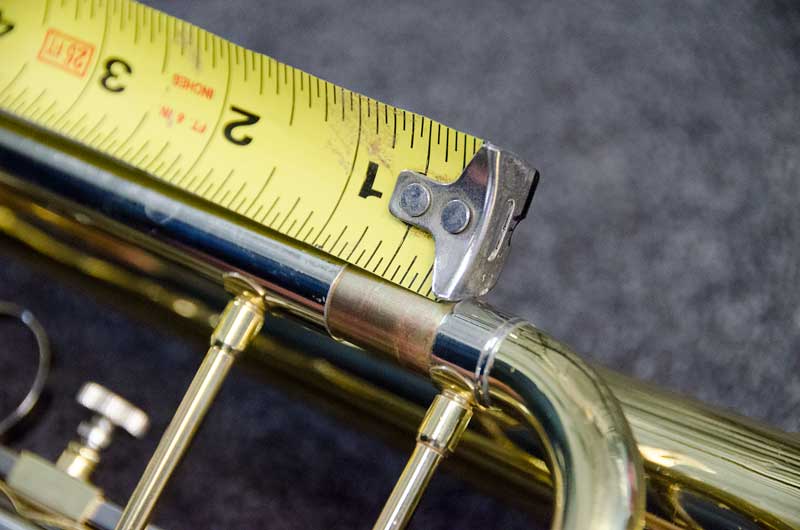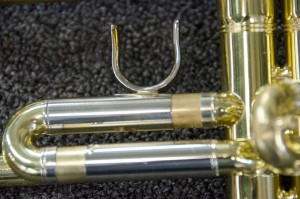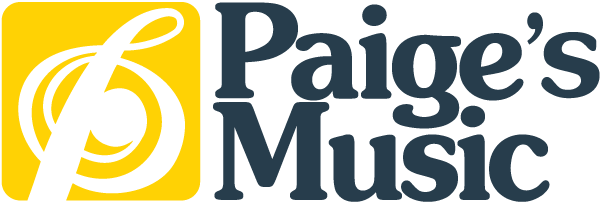Basic Tuning Tips – Brass

All brass instruments come with slides that move. The largest one is the “main tuning slide”. The others are used to tune individual notes. Some may need to be pulled out to make the instrument flatter, others are pushed in to make the instrument sharper. In the case of trombones, not only is there a “main tuning slide” but each note can be tuned by using the hand slide.
To start with, brass instruments are designed to play sharp. This can be corrected by moving the “main tuning slide” out about ¾ of an inch. When you play using a tuner you should see the instrument playing in tune with the “main tuning slide” pulled out about that far. This isn’t a rule, but a suggestion. You may find that your instrument plays in tune somewhere near to this measurement depending on the player, the brand of instrument and the condition of the instrument.

Some instruments can be adjusted while playing. Trumpets, trombones and horns are found in this category. With the help of rings, hooks, saddles and well-lubricated slides notes can be adjusted while playing.
This brings me to the most important part of tuning. None of this matters if you don’t listen. Your ears are the most important “tuner” available. Listen with your ears and try to play in tune with those around you. Adjust your tuning slides and listen while you play. Watch your tuner and listen to your sound. Make an effort to play in tune. Just because the electronic tuner says that one note is in tune, doesn’t mean that all the notes you play are in tune. Listen and adjust.
Other things that can impact playing in tune are the condition of the mouthpiece and instrument. Are they clean and in good condition? Are their large dents in the mouthpiece, lead pipe and bell? Do the valves work easily? Are the bumpers in the pistons the correct size? Do the water keys leak?
This is only the beginning. As you progress in your musical career you’ll discover more ways to play in tune. It all starts with your ears, and an instrument in good shape. Practice playing in tune and listen, listen, listen.

2 Comments
Frank Sinaguglia
about 6 years agoWhat is the best way to tune a brass section in a large ensemble/
Tim Gee
about 6 years agoHi Frank! I talked to our Low Brass Specialist, Tucker Woerner, and he had this response: There are lots of different schools of thought on this topic. Bb is a common tuning pitch for brass ensembles because many brass instrument can comfortably play a Bb with an open fingering/position. String ensembles often tune to A. While A is not the most common tuning pitch for brass groups it can be very helpful, since it allows for a perfect interval to D. For Bb trumpet, trombone, and euphonium D is on the fifth partial. The fifth partial is often flat, so tuning to A can ensure the availability of a comfortable, in tune D. Regardless of which pitch is used as a reference, musicians should listen for perfect intervals (unison, octave, fourths, and fifths) and strive to eliminate beats between the notes. Adjust accordingly, and the beats will get farther apart until they are eventually eliminated by the production of an in tune note. Always be willing to adjust and compromise. Sometimes what registers as in tune on the tuner doesn’t equate to what is in tune with the group. --- I hope this helps. Let us know if you have any other questions!